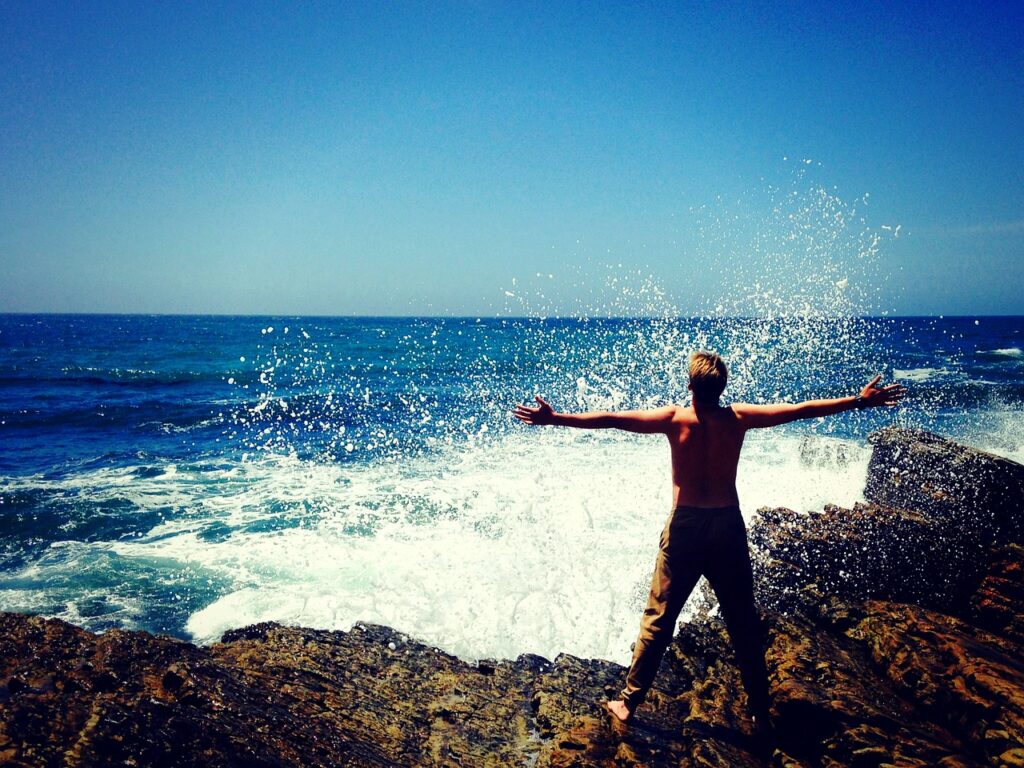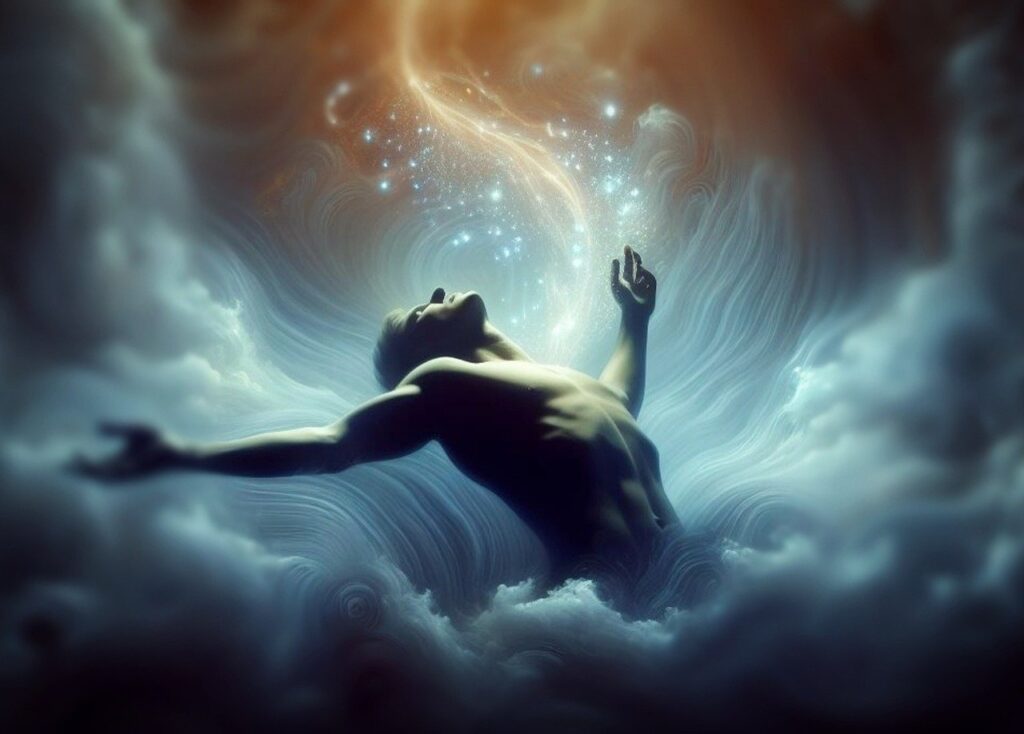First, we need to understand what fills up the mind and how?
Have you ever seen a traffic control room? The one with many display screens and recording devices connected to many CCTV cameras throughout the city at various intersections. The control room gets a continuous stream of live feed from all the connected cameras, whether something happens or not, the videos are all recorded and stored. But when an accident or a traffic jam happens, an alert is raised by the computer. The person in the control room gets notified about it so that he can take the necessary action. They keep the videos for weeks or months and delete them afterward unless something important happens in the videos.
Our mind is similar to the traffic control room, our body is the city and our sense organs are the CCTV cameras. Whether we are aware of it or not, our senses keep giving the mind a live stream of information that is always recorded and stored. When something important happens, our attention is brought to a particular event such as an injury, unbearable sight or smell, etc.
There are ten sense organs in our body, they are five sense organs of action and five sense organs of cognition. Five sense organs of action are – feet (walking), hands (grasping), mouth (talking), anus (excretion), and genitals (ejaculation/reproduction). Five sense organs of cognition are – the eyes (vision), nose (smell), ears (sound), tongue (taste), and skin (touch).
- Senses: Our senses give us a continuous stream of information that is recorded by the mind and stored or discarded based on the importance of the information. Senses can be the external – five senses of action and five senses of Jnana or internal, such as hunger, pain, fatigue, sleepiness, and excitement, including our reaction to the external sensory input.
- Memory: Sensory input/perception and reaction, is stored as a memory. Our mind collects the information provided by the senses and processes it to create a cohesive picture. Memories of experiences, actions, events, talks, academia, etc. are stored in the mind. All of them together can be called knowledge.
- Thoughts are based on memories of experiences, actions, events, talks, academia, etc. sometimes with the addition of our visualizations, interpretations, analyses, expectations, predictions, and imagination. Memories are already stored whereas thoughts may appear new (but always based on memories, that is, the knowledge we already have about ourselves and the world).
Fortunately, our mind can focus on only one thing at a time.
Imagine sitting in a classroom and the teacher or the topic is quite boring, you’ll eventually drift off into thoughts and when the class is over you will not remember any of the content even though your ears were listening all the time. Sometimes when you are lost in your own thoughts even if someone calls your name you may not respond until they repeat it a bit louder – just the loudness raises an alert and brings the mind’s attention to the sound.
Does that mean whatever you don’t pay attention to is not recorded at all? No, it gets recorded but considered unimportant. Whatever you pay attention to will be considered as important. When you are travelling on by a bus, you see hundreds of structures on either side, but do you remember them all ? No, you’ll remember only the ones that catch your attention. Notice the usage “catch your attention” or “pay attention” this means it’s a very common understanding that when you don’t pay attention it doesn’t register as important in your mind.
Knowing this limitation of the mind helps us find a way to work with it and manage its contents. There are four methods proposed by Patanjali to manage the mind. They are Praanayama, Pratyahara, Dhyaana, and Dhaarana.
तस्मिन् सति श्वासप्रश्वास्योर्गतिविच्छेदः प्राणायामः ॥2.49॥
बाह्याभ्यन्तरस्थम्भ वृत्तिः देशकालसन्ख्याभिः परिदृष्टो दीर्घसूक्ष्मः ॥2.50॥
बाह्याभ्यन्तर विषयाक्षेपी चतुर्थः ॥2.51॥
ततः क्षीयते प्रकाशावरणम् ॥2.52॥
Once a steady and comfortable posture has been achieved, one can slow and suspend the movements of breath through the practice of pranayama.
Pranayama consists of three stages – (1) inhalation, (2) exhalation, and (3) the pauses between. These movements become lengthened and refined through the observation of place of awareness, duration, and count.
A fourth stage of pranayama transcends the in breath and the out breath.
That pranayama unveils the light.
Praanayama: It is the restraint (yama) of the flow of breath (Paraná). Through practice of restraint of inhalation, exhalation and retention, with focus on the length
स्वविषयासंप्रयोगे चित्तस्य स्वरूपानुकारैवेन्द्रियाणां प्रत्याहारः ॥2.54॥
ततः परमावश्यता इन्द्रियाणाम् ॥2.55॥
By turning attention inwards (Pratyahara), consciousness ceases to come in contact with the objects of the senses. It then mirrors one’s essential nature. From the practice of Pratyahara comes supreme mastery of the senses.
Pratyahara: Pratyahara means turning the mind inwards, within ourselves and away from the sense objects.
देशबन्धः चित्तस्य धारणा ॥3.1॥
Concentration is fixing one’s flow of consciousness on a chosen object or point of focus.
Dharana: Dharana is concentrating the mind on a single object, to pay complete attention to only one object.
तत्र प्रत्ययैकतानता ध्यानम् ॥3.2॥
Meditation is an unbroken flow of consciousness toward the chosen topic, object or point of focus.
Dhyana: Dhyana is meditation or contemplation.



